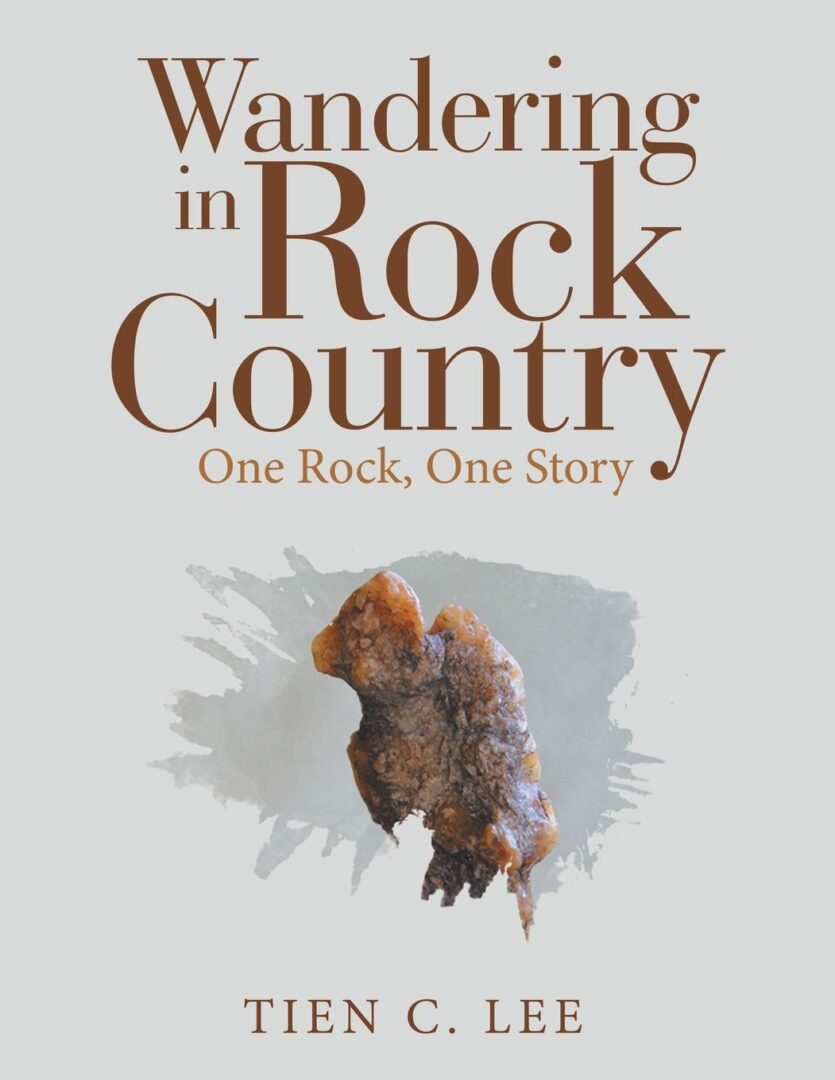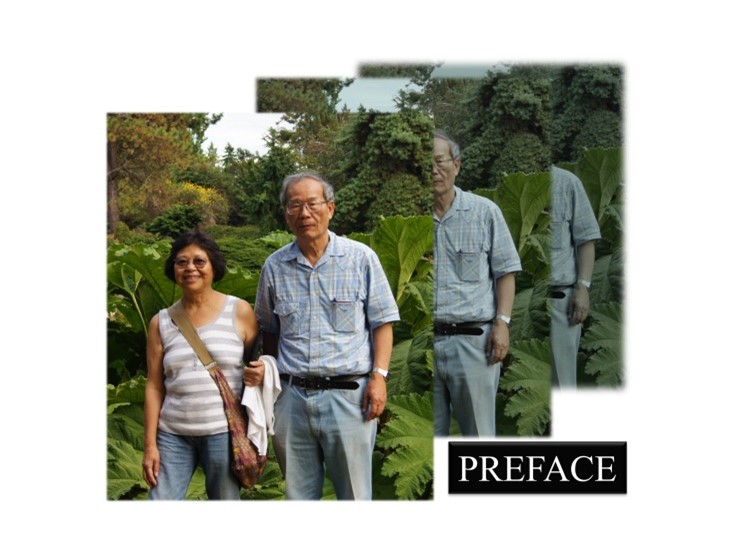Wandering in Rock Country
by Prof. Tien C. Lee


Educated as a geologist/geophysicist, I have dealt with geophysics and hydrogeology on projects ranging from mathematical modeling in the laboratory to hand-on application in the field. On the job, along hiking trails, and in rural housing subdivisions in southern California, I picked up a variety of rocks, some of which carry fascinating geological stories. I thought about doing something educational with my collection but never got around to it. Now, well into retirement, my promise is long overdue. This book is dedicated to my grandchildren, who will soon be ready to read it; and to my wife, Zora, who has shared joy and pain with me along my career path. The book title, Wandering in Rock Country, captures the essence of an opportunistic rock collection. I try to write one story for each rock specimen.
All rock images are photographed from my collections, supplemented with a few field pictures. Specimens have not been altered or enhanced except for some with obvious saw-cut faces or minor smoothing of rough edges on rare occasions. Most specimens were essentially picked from free-standing, loose pieces of rocks in southern California. Source locations, showing my best recollection, are not based on written records. Also, as my writing proceeds, I add stories on new specimens that were purchased or gifted to me.
This book is not a product of systematic study for scientific endeavor; it is a show-and-tell presentation, based on observations of hand specimens. Some questions raised here could be resolved by instrumental analyses, but I have preferred to restrict my interpretations to what can be seen with the unaided eye. After all, observation of a rock’s beauty is all we can do in the field. Beyond beauty, however, does a particular rock have an interesting story to be told?
I have visited many museums over the years. Many exhibit rare, eye-catching mineral specimens. Although I appreciate the beauty and rarity, most of us have little chance of seeing those fascinating specimens in the field. I would like to know more about specimens than the information generally given in display name tags. What is the geological story behind each specimen? It will be beneficial if the display narrative can be more informative to the visitors.
For better or worse, I attempt here to set an example. I stretch my imagination and try to make up a short story for each stone. The book is divided into five chapters (categories) and the stories are sequenced in orders of figure numbering. The rock identifications are given in general terms with minimal usage of scientific jargon for more refined name classification. Some pieces might be misidentified or misinterpreted because natural staining, varnishing, or patination could have masked their true identities.
All stories are independent of one another; hence the readers can flip to any figure without losing continuity in context. In preparation of the draft manuscript, each story (text and picture) was mostly limited to one paper page (8 ½ x 11 inches) but as needed I let it flow over sometimes. The final format in print or blog may be inadvertently altered. Also, to avoid repetition, some pictures are presented without stories. I do not have an exotic mineral or rock collection, but I hope my story-telling about commonly available rocks is educational or entertaining to some rock hobbyists and enthusiasts as well as aspiring geologists.
The italicized text, if any, gives my philosophical or personal reflection about a stone’s story. Skip those distractions if you are interested only in the story of the rock.
Originally I had planned to give an imaginative nickname as a flavor to each stone. I tried this idea by asking for suggestive names from pupils at a primary school. I was very impressed by and pleased with their enthusiastic responses, but I was overwhelmed by the variety of imaginative names offered for every slide shown. Imagination is in the eyes of beholders, indeed! So, let us fantasize the stones in our own preferable ways.
Not intended for an academic pursuit, this book does not cite any reference, nor provides an index. It is written for personal collection with some daring, original thought. For relevant or more information, however, search for any keywords on the internet. My claimed observations and interpretations could be provocative, contentious, or even outrageous to some readers. Now, please let us pause for a moment! Few serious geologists would tell a story based on one piece of rock specimen alone. My version of each story is just a beginning for the complete narrative to be told. One must visit outcrops, observe rock samples in the context of their surroundings, make laboratory analyses, and synthesize data by modeling to generate a convincing geological model or story. Obviously I did not do what I have recommended. But let us see what we can say about each individual piece of rock specimen.
Acknowledgment
I thank Dr. John G. Bolm, one of the first Americans I met 50 years ago, for comments on parts of a very early version of the draft manuscript. He did not necessarily agree with my viewpoints and I have changed my own opinions a few times, especially after I have access through Orange Belt Mineral Society (OBMS) of San Bernardino, California, to cut some rocks for better visual identification. Dr. Bolm could not wait for my never-ending addition to and revision of the text. To my sorrow, he passed away in early 2018. Now is the time to wrap up.
It has been years since I began to write something about my collection and make the display stands for the specimens. Please spare me for flip-flop along the way in my writing styles. I hereby relinquish my mental burden of collecting rock specimens over the years by releasing this unorthodox book. Thanks for browsing through it and please comment on my mistakes by informing me at tien.lee@ucr.edu. You can also visit my blog site: tienchanglee@wordpress.com for a slightly different version of my rock stories.
TABLE OF CONTENTS
PREFACE …………………………………………………………………………… i
Acknowledgement ………………………………………………………….……… ii
A CRUDE GUIDE TO ID ROCKS ………………………………………….. iv
Chapters: Pages
- A SILICA WORLD (with 31 figures) ———————— 1
- CARBONATE PLAY (with 38 figures) ———————- 23
- HARD-ROCK SHOW (with 29 figures) ——————– 43
- SOFT-ROCK TALK (with 22 figures) ———————– 61
- DIVERSIFICATION (with 56 figures) ———————–73
GLOSSARY (with 2 figures) ———————————– 103
Published in -/2019
Donated by Prof. Tien C. Lee 12/2020
Posted in 12/2020





